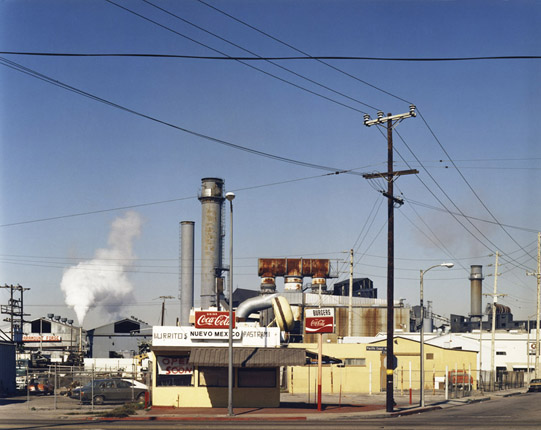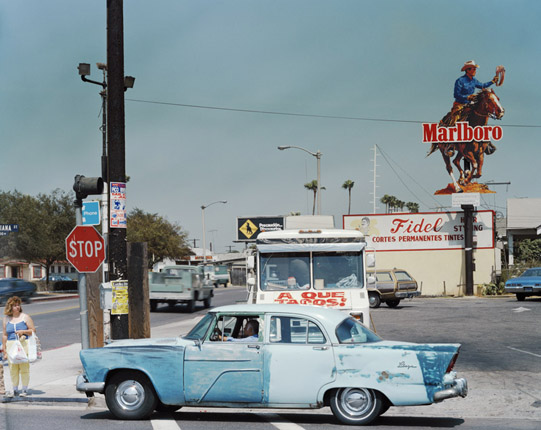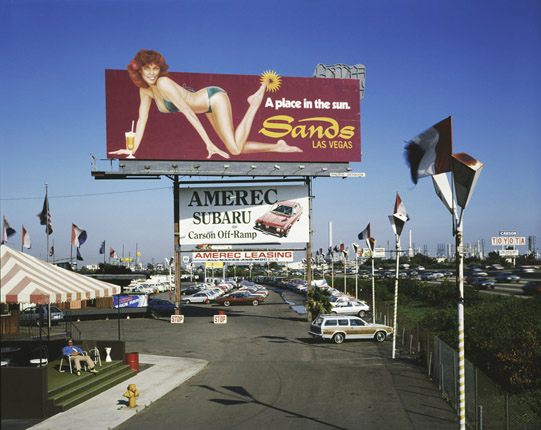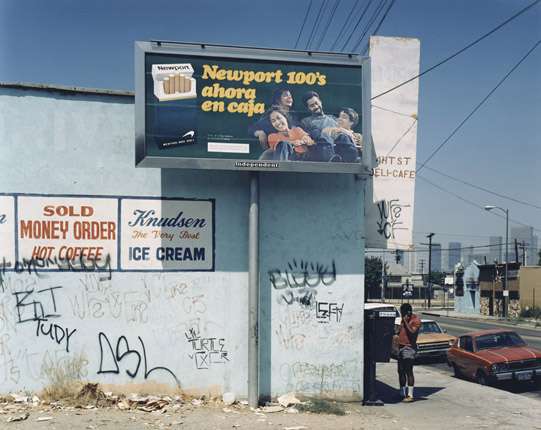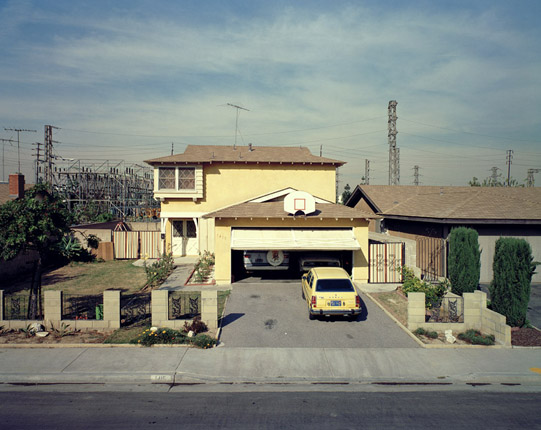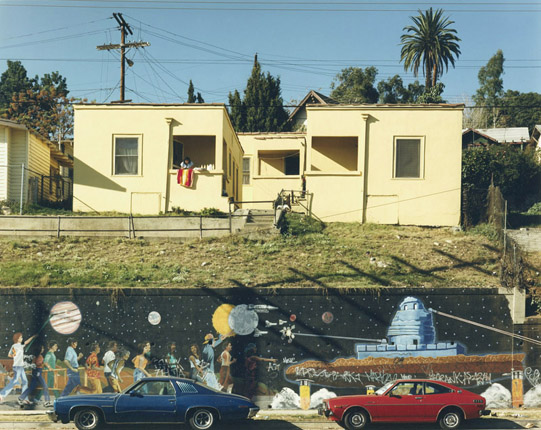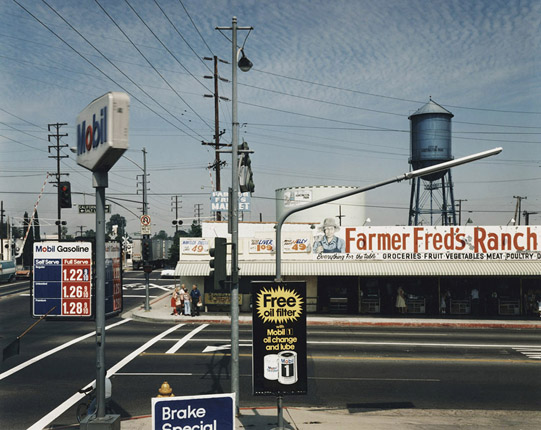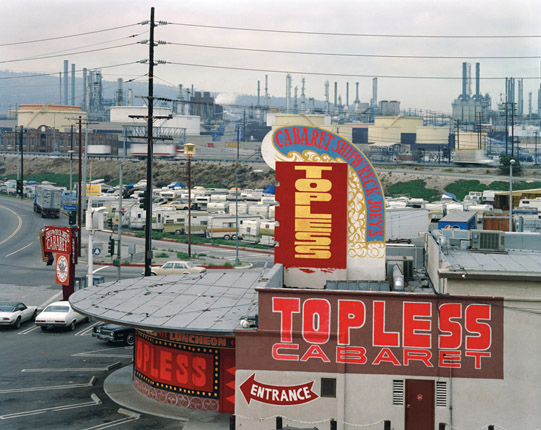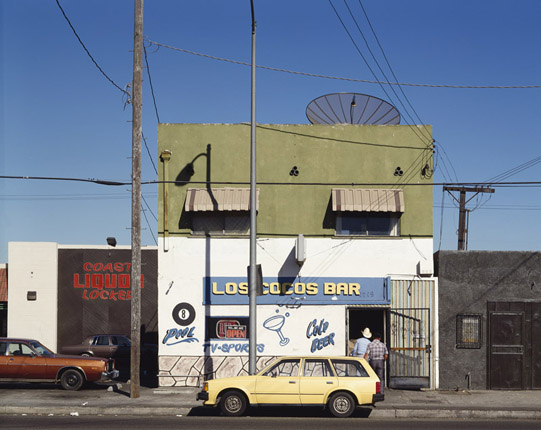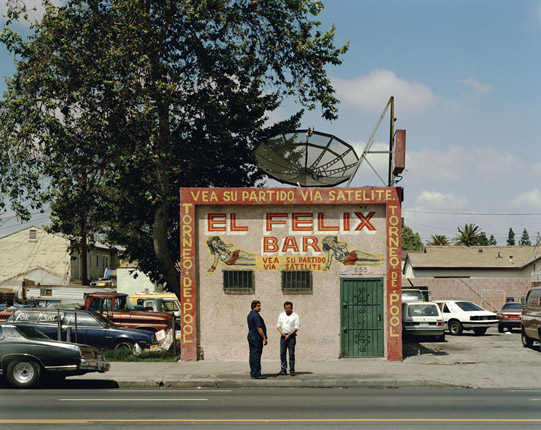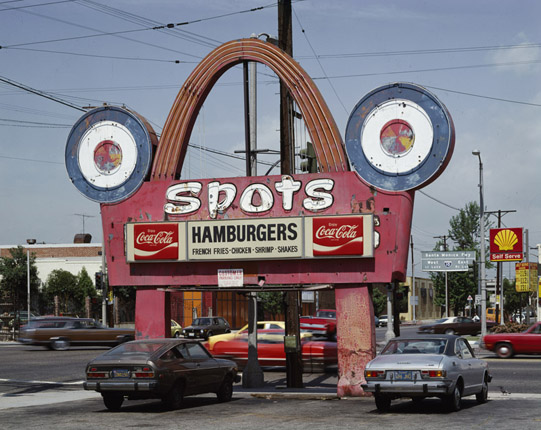Los Angeles. Tradition names it the City of Angels. Orson Welles called it “that bright, guilty place.” In modern pop culture it’s known as La La Land. In an earlier era, L.A. was said to be where intellectuals went to ruin themselves. In its long history (it was founded by the Spanish in 1781), the city has been described and both utopia and dystopia…and both descriptions are correct.
It’s always been a city of immigrants. First they came for the agriculture. Then, in the 1920s, for the film and aerospace industry. They all came to Los Angeles with dreams, and some of them actually came true. One of those immigrants was a thirty year old man, the child of an itinerant military family and a Vietnam veteran himself, bringing with him a degree in philosophy, an MFA, and a camera. His name is totally unassuming, a name out of a bad Hollywood script: John Humble.
Like Alexey Titarenko and Brassaï, who found their muse in their respective cities, Humble has traversed the limits of Los Angeles. If L.A. lacks the romance of Brassaï’s Paris or the deeply stratified history of Titarenko’s St. Petersburg, it has its own strange and elastic personality. Covering more than 450 square miles and holding over three and a half million people speaking more than a hundred different languages, Los Angeles is rich and poor, beautiful and ugly, urban and suburban, totally real and absolutely illusionary. It’s its own place. (…)
In 1979 Humble was one of eight L.A.-based photographers awarded a grant from the National Endowment for the Art to document the city in anticipation of its bicentennial. The project was called the Los Angeles Documentary Project; its stated purpose was “not to document Los Angeles stereotypes and clichés but to show the city that few had cared to photograph.” No Hollywood signs, no Griffith Observatory, no Union Station. Instead, they wanted the L.A. that tourists never saw, the L.A. where people lived and worked.
Eventually the grant money ran out…as grant money always does…and the project was completed. But Humble never stopped photographing the city. He continued to roam the entire breadth of Los Angeles, seeking and finding beauty in its nondescript neighborhoods.
But he didn’t roam at random. He roamed with a purpose. Humble was engaged in what he came to call “sociological archaeology.” In effect, he began to more thoroughly complete the original Los Angeles Documentary Project; he began to slowly, carefully, and very deliberately scrape away the sedimentary layers of media-driven images of Los Angeles to find out what lay hidden beneath. In doing so, he uncovered…and photographed…some unique patterns of social relationships, social interaction, and culture. (…)
It’s easy to love Paris; it’s a city of great beauty that inspires passion and romance. It’s easy to love St. Petersburg, with its heart-breaking history and its cultural splendor. To love Los Angeles requires more effort, more patience, more tolerance. Humble doesn’t just love the glitter of L.A., nor is he smitten only by the city’s darker angels; he does something more difficult still. Humble somehow manages to love the vast expanse of mediocrity that supports both the glamour and the dark side. He loves it and in turn makes it lovely.
That’s a very special sort of love.
From Sunday Salon

